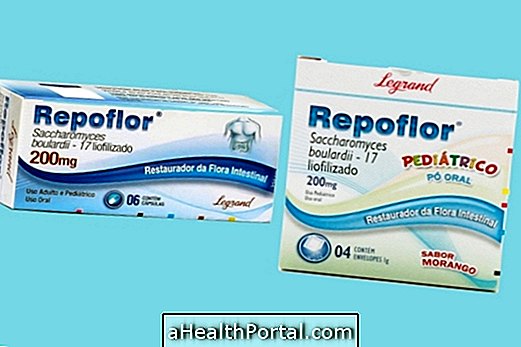Treatment for acute pulmonary edema should be started as soon as possible in the emergency room with an oxygen mask and diuretic medicines directly into the vein, such as Furosemide, to increase the amount of urine and eliminate excess fluid in the lungs.
In addition, it is also necessary to properly treat the disease that caused the problem, which may include high blood pressure medicines such as Captopril, or Lisinopril to treat decompensated heart failure, for example.
The patient usually needs to be hospitalized for about 7 days to relieve the symptoms, control the problem that led to the onset of pulmonary edema, and undergo respiratory therapy. During this time, it may be necessary to use a bladder catheter to control the body's fluid outflow, preventing them from accumulating again.
See the probe care in: How to care for the person with a bladder catheter.
Physiotherapy for acute pulmonary edema
Respiratory physiotherapy for acute pulmonary edema should be done by a physiotherapist and is usually initiated when the patient is hospitalized and with symptoms controlled, serving to improve oxygen levels in the body.
Learn more about physiotherapy in: Respiratory physiotherapy.
Diagnosis of acute pulmonary edema
The diagnosis of acute pulmonary edema is usually made only by observation of the patient's symptoms and clinical history, however, other tests such as chest X-rays or blood tests may need to be done after treatment has begun. confirm diagnosis and rule out other respiratory diseases.
Learn what symptoms can indicate this problem at:
- Pulmonary edema





















